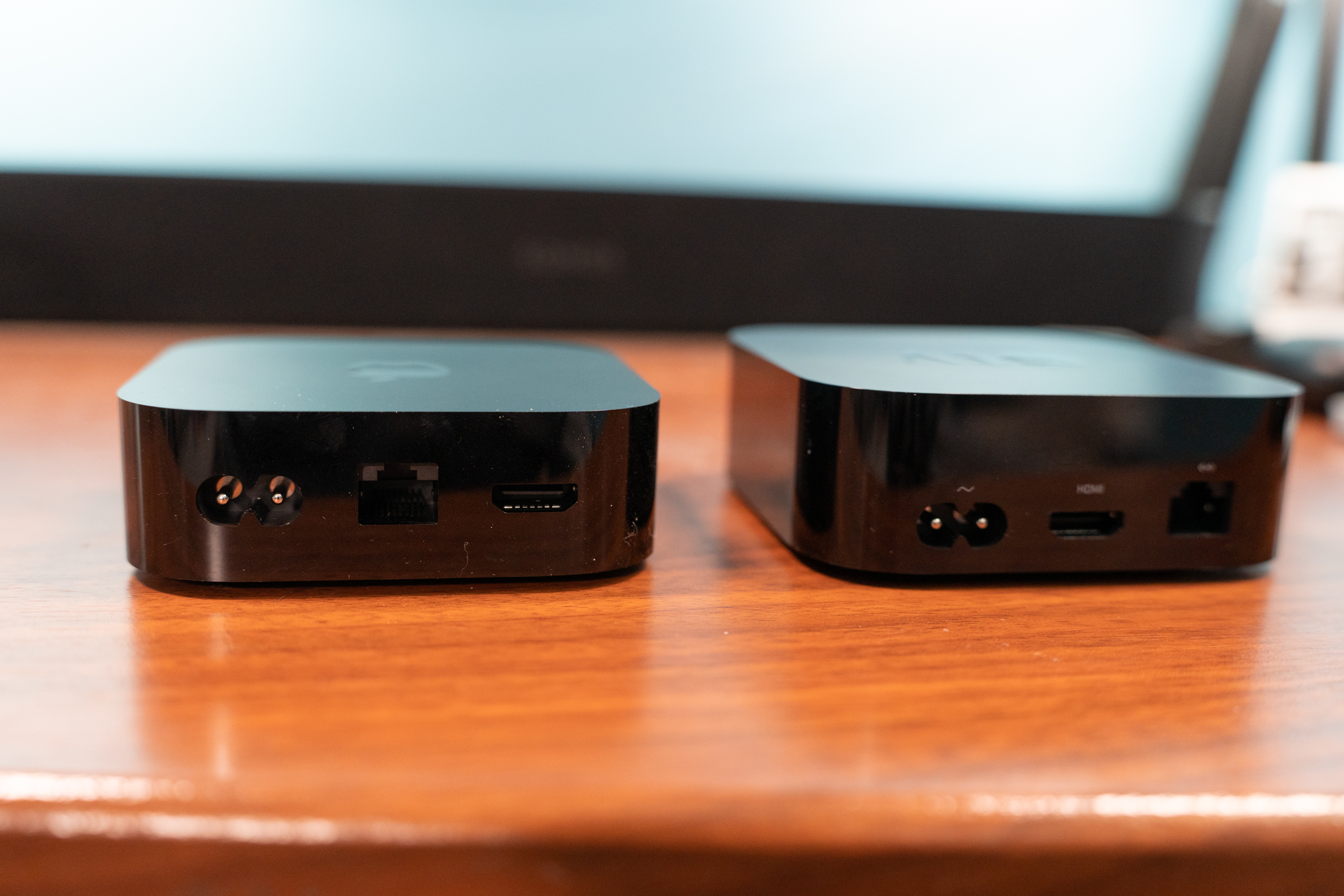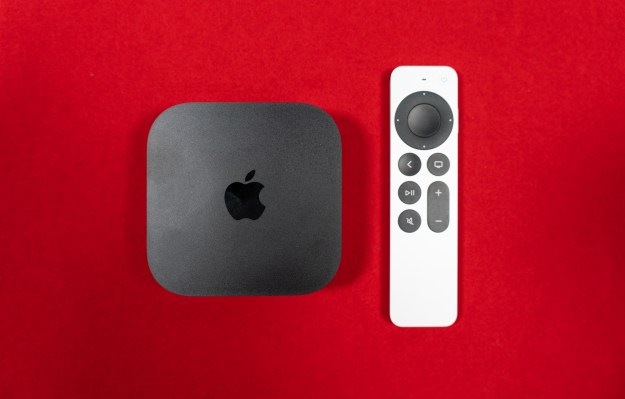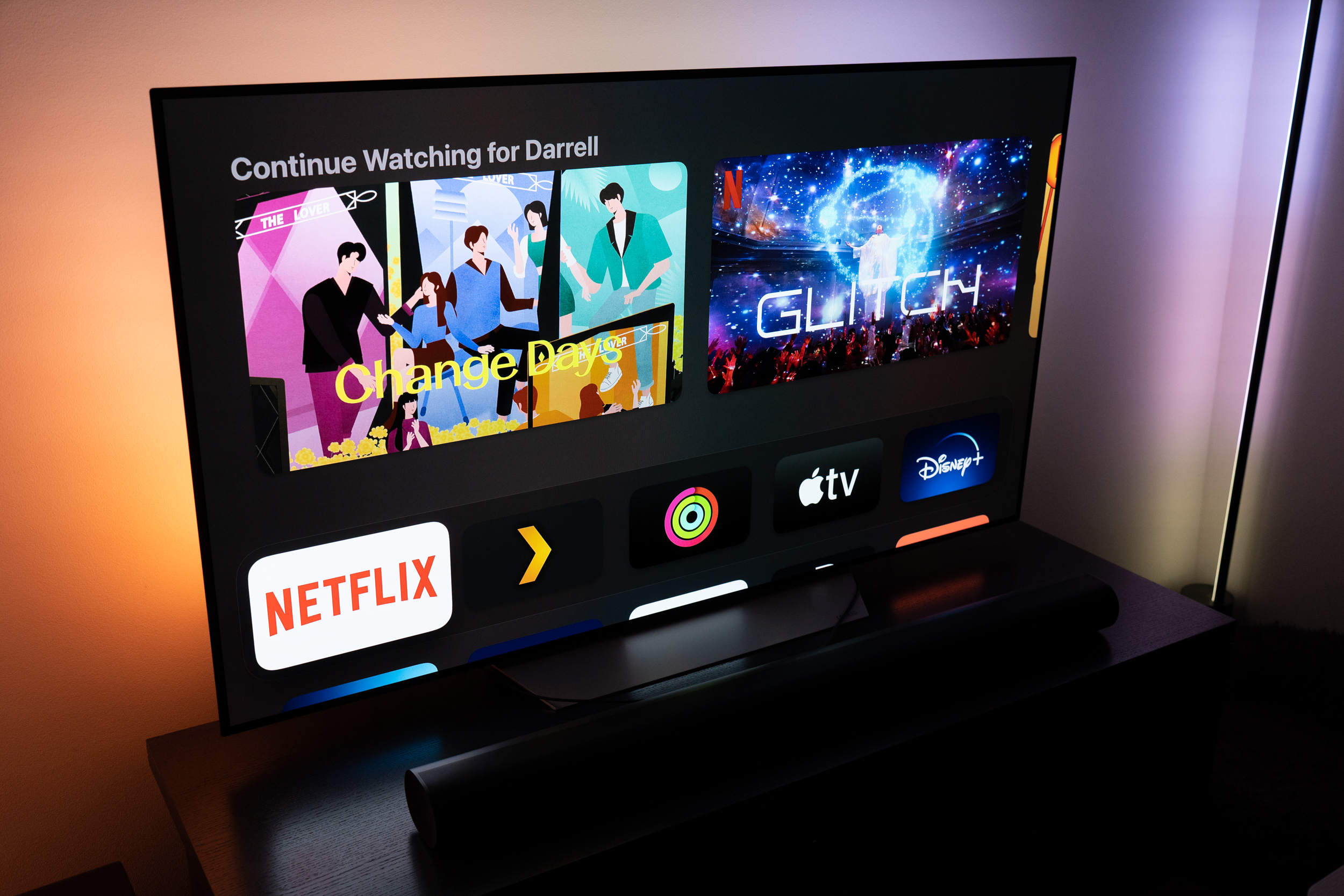Apple’s new and improved Apple TV 4K launches this week, going on sale online and in stores on Friday, November 4. After spending just under a week with the Wi-Fi + Ethernet version, I can say that it’s definitely a nice improvement over the existing version, delivering a couple of clutch forward-looking features that will appeal to people who have the right setups, as well as modest but noticeable performance improvements in certain areas. Those considering an upgrade from the version it replaces might want to think twice, however — read on to find out why.
The basics
Right off the bat, I should make clear that I firmly believe the Apple TV is the best option available in terms of streaming hardware. It has the best navigation, performance, color rendering and overall experience of any of the available options. That comes with a price — the Apple TV 4K costs more than most options from competitors like Amazon and Roku, but it’s a superior experience in just about every way that justifies the cost delta for me.
The new 2022 version continues to prove this true: It doesn’t mess with the winning formula that Apple has put together, and it offers a few new tricks that the outgoing version doesn’t have.
First, there’s the A15 processor inside, which is a multi-generation leap from the A12 that powered the Apple TV just introduced last May. The A15 comes with added RAM, and a 16-core neural engine versus the 8-core version on the older model, among other improvements.
Apple has also removed the fan in the Apple TV hardware, making for a slightly more compact, and much lighter, overall package. It’s a nice improvement, but not one that’s likely to make a material difference in terms of anyone’s home setup. The 2022 model also adds more differentiation between the $129 entry-level version and the $149 higher-end version, including both a hardware Ethernet port and a Thread modem (useful for forward-looking Matter device smart home support) on the latter.
Both versions get double the memory versus the outgoing 2021 Apple TV, with 64GB at $129 and $149 for 128GB. In both cases, that represents a $50 price cut when compared to the models they replace.
Features and performance
If you have a 2021 Apple TV 4K, which I do, you probably aren’t feeling the pinch in terms of performance. In fact, I still have a first-generation Apple TV 4K in active use, and despite it now being six years old, I’d be hard-pressed to tell the difference between it and my 2021 Apple TV in a blind test.
That said, the 2022 Apple TV 4K does seem to generally make things snappier when it comes to navigating between the Home Screen and apps, and even potentially within apps as well. It also definitely offers a boost when it comes to using the Apple TV as a gaming device, helping it keep up with the most graphically demanding Arcade and App Store titles available. With expanded controller support via the most recent tvOS update, the Apple TV is a better gaming console than ever combined with the A15’s performance prowess.
The other key addition here in terms of features is HDR10+ support. In case you’re out of the loop on the myriad video quality standards out there, that’s essentially the version of high-dynamic range that Samsung espouses, as a direct competitor to Dolby Vision. Apple TV has supported Dolby Vision (and HDR10) content natively since the introduction of the first-generation Apple TV 4K, but this is the first time it has offered HDR10+.
I wasn’t able to test HDR10+ myself, as I don’t have any televisions that support it (my TVs are all older LG OLED, which support Dolby Vision), but this is a very welcome feature for owners of newer Samsung televisions, since Samsung seems dead-set against supporting Dolby Vision. Speaking of Dolby Vision, Apple has always offered excellent support here, and the latest version is no exception: Provided you have a fairly modern TV and you care about picture quality, it’s a terrific set-it-and-forget it way to get the most out of supported content.
Another excellent video quality feature that Apple has introduced here is something called Quick Media Switching (QMS_VRR), which gets rid of the momentary blackout that currently occurs when switching between different frame rates for different media. If you have the “Match Content” for frame rates turned on, you’ll be familiar with this, since it happens almost any time you start streaming an actual show or movie from most apps.
QMS will get rid of that blackout — once it arrives via a software update later this year. I also wasn’t able to test this because it’s not available, but it sounds like a nice-to-have feature, with the caveat that it only applies to switching frame rates, and not to switching color spaces like from standard- to high-dynamic range content.
Another similar “coming soon” feature is personalized Siri support, which recognizes different user voices and automatically plays content from their respective profiles, even if the TV is currently signed in to another family member’s account. I saw a demo of this which worked great, but once again wasn’t able to test it personally because it’s coming in a later update.

Apple TV 4K 2022 (left) versus Apple TV 4K 2021 (right). Image Credits: Darrell Etherington/TechCrunch
If you pay the extra $20 for the higher-end version (which I recommend basically anyone looking at buying one of these should, unless it’s for a secondary TV) then you also get that Gigabit Ethernet port and a Thread radio. The former is clutch for consistent, high-quality performance regardless of the conditions of your home Wi-Fi environment, and the latter is probably going to be key in a Matter-centered smart home future — which may not matter (get it?) to you very much depending on your needs. Again, it’s not something I was able to test in any way with my current setup, but if you think of it as essentially free with your purchase of an Ethernet port, it definitely adds value.
Apple has also introduced a new version of the Siri Remote, which makes one crucial change — it replaces the Lightning port on the bottom with a USB-C port. This may seem minor, but it means the only charging apparatus I need to have in my living room now is USB-C, so I’m very happy with the shift. If you’re new to Apple TV, the Siri Remote in my experience is an excellent control device, with easy access to voice commands via the dedicated button on the side, a smart touch-sensitive ring for easy seeking forward and back during playback and an attractive overall metal design.
Bottom line
Was the Apple TV 4K crying out for a hardware refresh? Definitely not. The outgoing version is an excellent performer that will continue to satisfy the needs of many customers for a long time yet. But the 2022 model adds some great hardware improvements that, along with the price cut, make it a no-brainer for anyone looking to get their first Apple TV or upgrade an aging Apple TV HD model.
Given how long the original Apple TV 4K from 2016 has remained relevant, you can bet the 2022 edition will be future-proof for quite a long time to come, in the context of both your entertainment setup and the future of the smart home.

